6,064cc DOHC V12 Sequential Closed-Loop Fuel Injection 627bhp at 7,500rpm 6-Speed Manual Transaxle 4-Wheel Independent Suspension 4-Wheel Drilled/Vented Disc Brakes *Being offered by the original owner *The 1st McLaren F1 imported to the U.S. *The 1st fully federalized, U.S. road legal McLaren F1 *Service history from new, including July 2017 service *Extensive list of factory accompaniments THE MCLAREN F1 The promise was huge — to construct the most remarkable sports car ever to roll on public roads. The result of that oath — famously undertaken in 1988 by four men waiting for their flights at Milan's Linate airport — was the McLaren F1, recipient of levels of expertise and detailed craftsmanship commonly encountered at the apex of the racing world, Formula One, but never before in a road car. Those four men — Ron Dennis, head of the McLaren International Formula One team and of the TAG-McLaren group; Gordon Murray, McLaren's technical director; TAG-McLaren Group chief Mansour Ojjeh; and Creighton Brown, a former racer and businessman who would become director of marketing — had no doubt been buoyed by the fact their organization had just completed one of the most dominant seasons in Formula One history, winning 15 of the 16 races. But there was also a question lurking around the edges of their celebration: What were they going to do to top it? Well, why not take what was learned in Formula One and build the ultimate sports car? It's doubtful even those talented and ambitious minds envisioned that their enthusiasm would lead to such a masterpiece of design and engineering, including a number of firsts for a production car: an all-carbon-composite monocoque chassis and body; central driver seating flanked by two passenger seats; fan-assisted ground-effect aerodynamics; and electronically controlled brake cooling. So beyond the abilities of its contemporaries was the McLaren F1 — some 5,000 individual components were specially made from exotic materials — that some predicted its complexity, hyper-performance and surprising comfort would never be challenged. Ron Dennis, hardly given to hyperbole, once described the F1 as "...the finest sports car the world had ever seen, but also the finest sports car the world was ever going to see." Just four years after that airport huddle, after a laborious investigation of every available technology, after countless hours of inventive collaboration with experts in every field of automotive manufacturing, the McLaren F1 was unveiled to the public for the first time, fittingly at Monaco's Grand Prix week in May 1992. By that time, Dennis and his colleagues came to know full well that any credible contender to the F1's supremacy of technology and performance would require a massive effort and at a horrifying expense. Andy Wallace certainly did not equivocate, speaking straight from the cockpit of the stock F1 he'd just run to a world-shattering mark of 242.9 mph (391km/h) at Volkswagen's Ehra-Leissen test track: "I still say this is the best car ever built — ever — and probably will never be beaten." To help explain the "why" of the Dennis and Wallace assertions — and there's much more to it than just paternal pride or terminal velocity — enjoy a quick review of the F1's technology: Begin with the carbon-fiber composite monocoque and body, complete with a safety cell and front crash structure of carbon-fiber. Curb weight was just over 2,500 pounds (1,138kg), contributing to a world-record power-to-weight ratio. Indeed, saving weight was McLaren's constant mantra throughout the process — to the point of obsession it would appear to the novice, but to a racing engineer the intense concern about unnecessary heft would be familiar. To that end, and to retain its character as a pure driver's car, the F1 featured no traction control, ABS, power brakes or power steering. Wedged into the low-slung bodywork was a bespoke 6.1-liter 60-degree V12 developed at BMW's M Sport division by meister Ingenieur P
6,064cc DOHC V12 Sequential Closed-Loop Fuel Injection 627bhp at 7,500rpm 6-Speed Manual Transaxle 4-Wheel Independent Suspension 4-Wheel Drilled/Vented Disc Brakes *Being offered by the original owner *The 1st McLaren F1 imported to the U.S. *The 1st fully federalized, U.S. road legal McLaren F1 *Service history from new, including July 2017 service *Extensive list of factory accompaniments THE MCLAREN F1 The promise was huge — to construct the most remarkable sports car ever to roll on public roads. The result of that oath — famously undertaken in 1988 by four men waiting for their flights at Milan's Linate airport — was the McLaren F1, recipient of levels of expertise and detailed craftsmanship commonly encountered at the apex of the racing world, Formula One, but never before in a road car. Those four men — Ron Dennis, head of the McLaren International Formula One team and of the TAG-McLaren group; Gordon Murray, McLaren's technical director; TAG-McLaren Group chief Mansour Ojjeh; and Creighton Brown, a former racer and businessman who would become director of marketing — had no doubt been buoyed by the fact their organization had just completed one of the most dominant seasons in Formula One history, winning 15 of the 16 races. But there was also a question lurking around the edges of their celebration: What were they going to do to top it? Well, why not take what was learned in Formula One and build the ultimate sports car? It's doubtful even those talented and ambitious minds envisioned that their enthusiasm would lead to such a masterpiece of design and engineering, including a number of firsts for a production car: an all-carbon-composite monocoque chassis and body; central driver seating flanked by two passenger seats; fan-assisted ground-effect aerodynamics; and electronically controlled brake cooling. So beyond the abilities of its contemporaries was the McLaren F1 — some 5,000 individual components were specially made from exotic materials — that some predicted its complexity, hyper-performance and surprising comfort would never be challenged. Ron Dennis, hardly given to hyperbole, once described the F1 as "...the finest sports car the world had ever seen, but also the finest sports car the world was ever going to see." Just four years after that airport huddle, after a laborious investigation of every available technology, after countless hours of inventive collaboration with experts in every field of automotive manufacturing, the McLaren F1 was unveiled to the public for the first time, fittingly at Monaco's Grand Prix week in May 1992. By that time, Dennis and his colleagues came to know full well that any credible contender to the F1's supremacy of technology and performance would require a massive effort and at a horrifying expense. Andy Wallace certainly did not equivocate, speaking straight from the cockpit of the stock F1 he'd just run to a world-shattering mark of 242.9 mph (391km/h) at Volkswagen's Ehra-Leissen test track: "I still say this is the best car ever built — ever — and probably will never be beaten." To help explain the "why" of the Dennis and Wallace assertions — and there's much more to it than just paternal pride or terminal velocity — enjoy a quick review of the F1's technology: Begin with the carbon-fiber composite monocoque and body, complete with a safety cell and front crash structure of carbon-fiber. Curb weight was just over 2,500 pounds (1,138kg), contributing to a world-record power-to-weight ratio. Indeed, saving weight was McLaren's constant mantra throughout the process — to the point of obsession it would appear to the novice, but to a racing engineer the intense concern about unnecessary heft would be familiar. To that end, and to retain its character as a pure driver's car, the F1 featured no traction control, ABS, power brakes or power steering. Wedged into the low-slung bodywork was a bespoke 6.1-liter 60-degree V12 developed at BMW's M Sport division by meister Ingenieur P
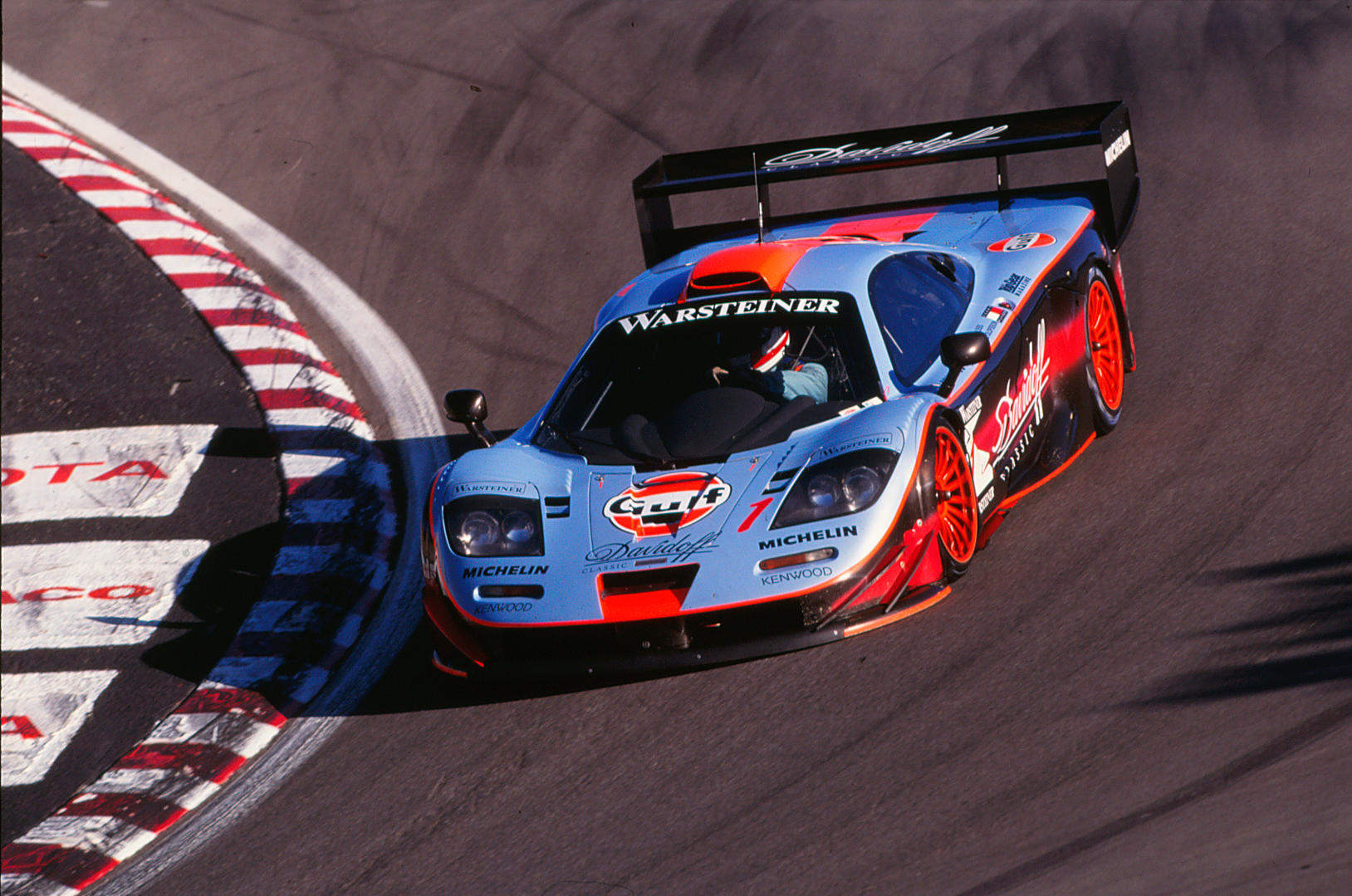

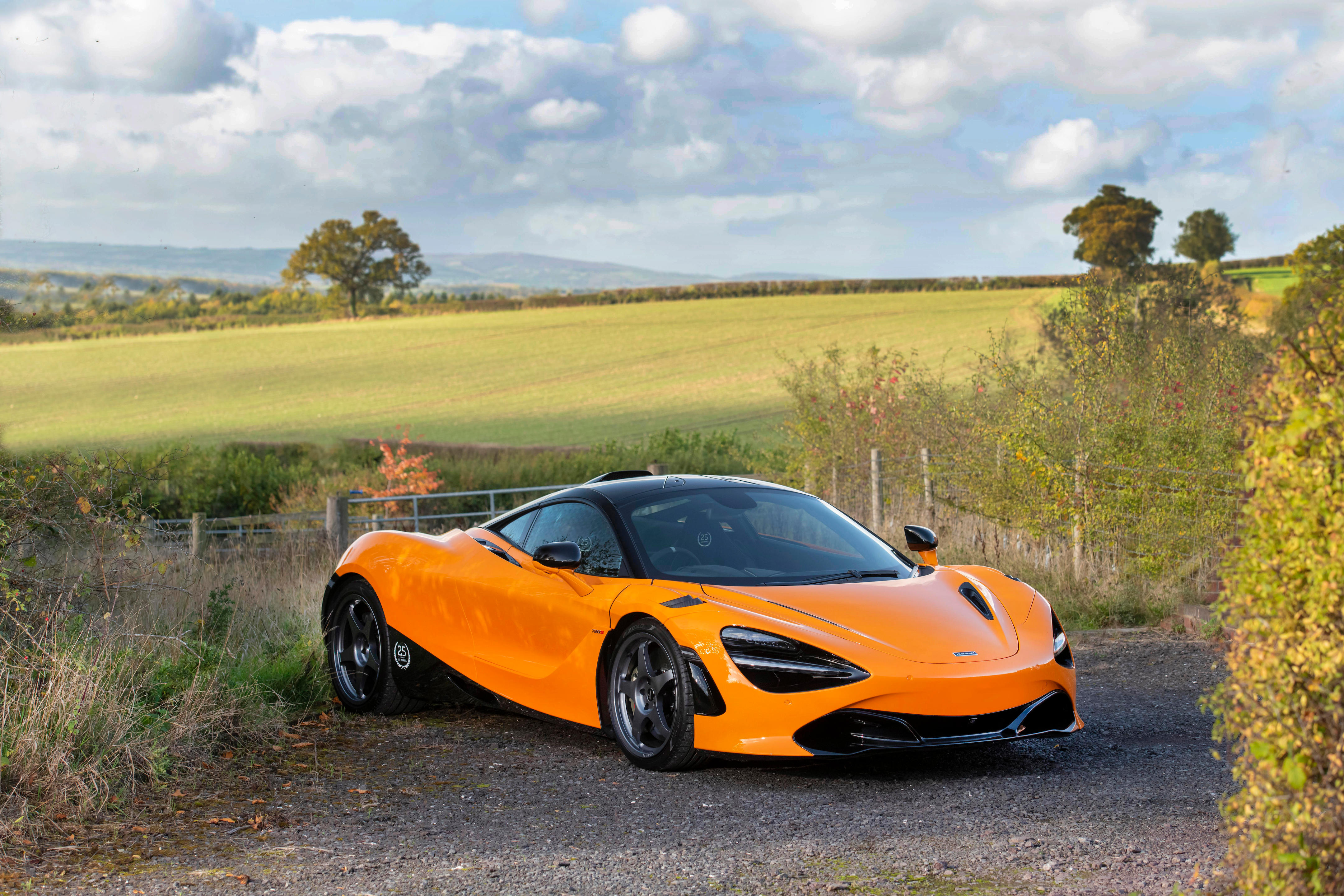

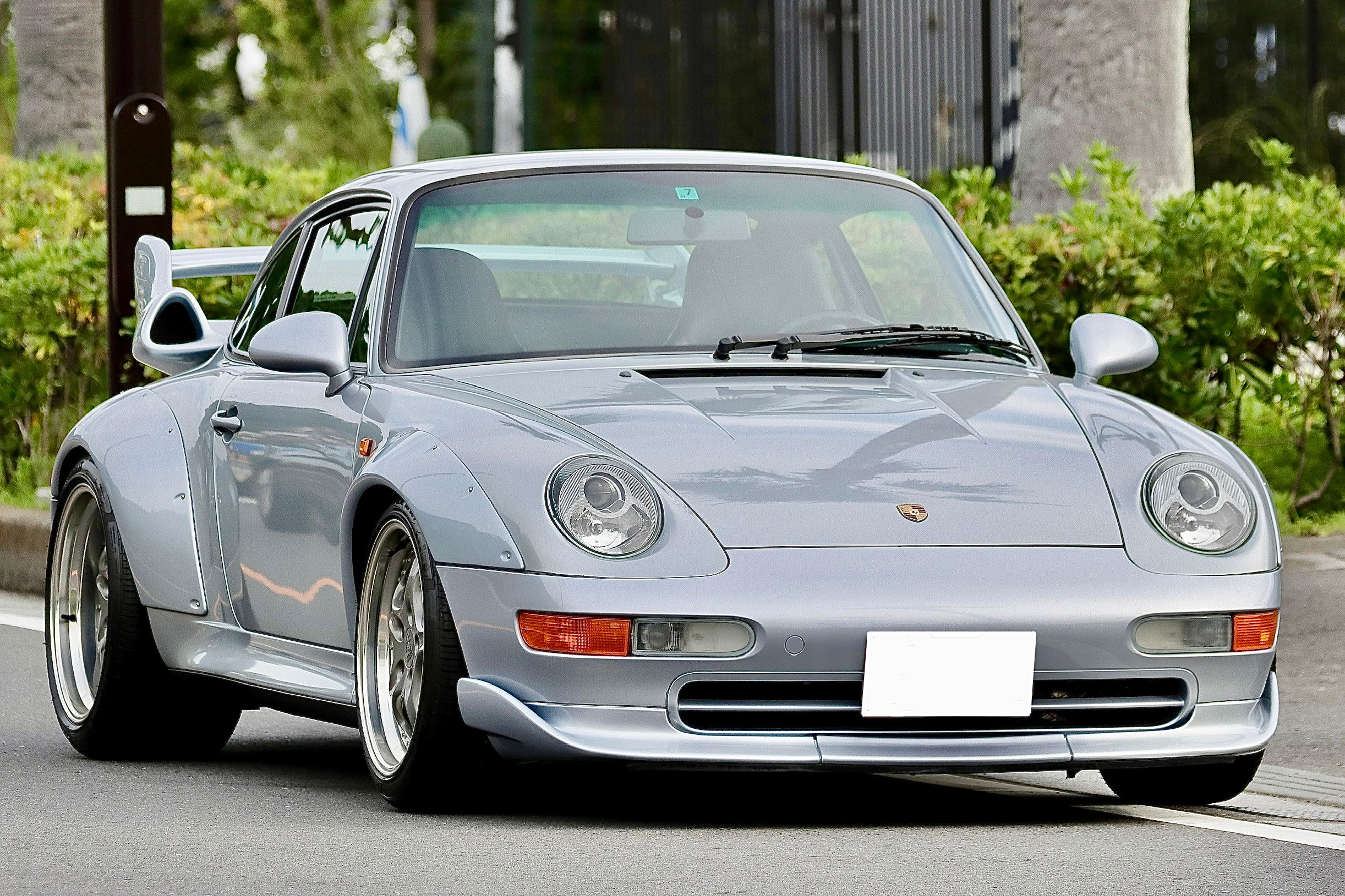

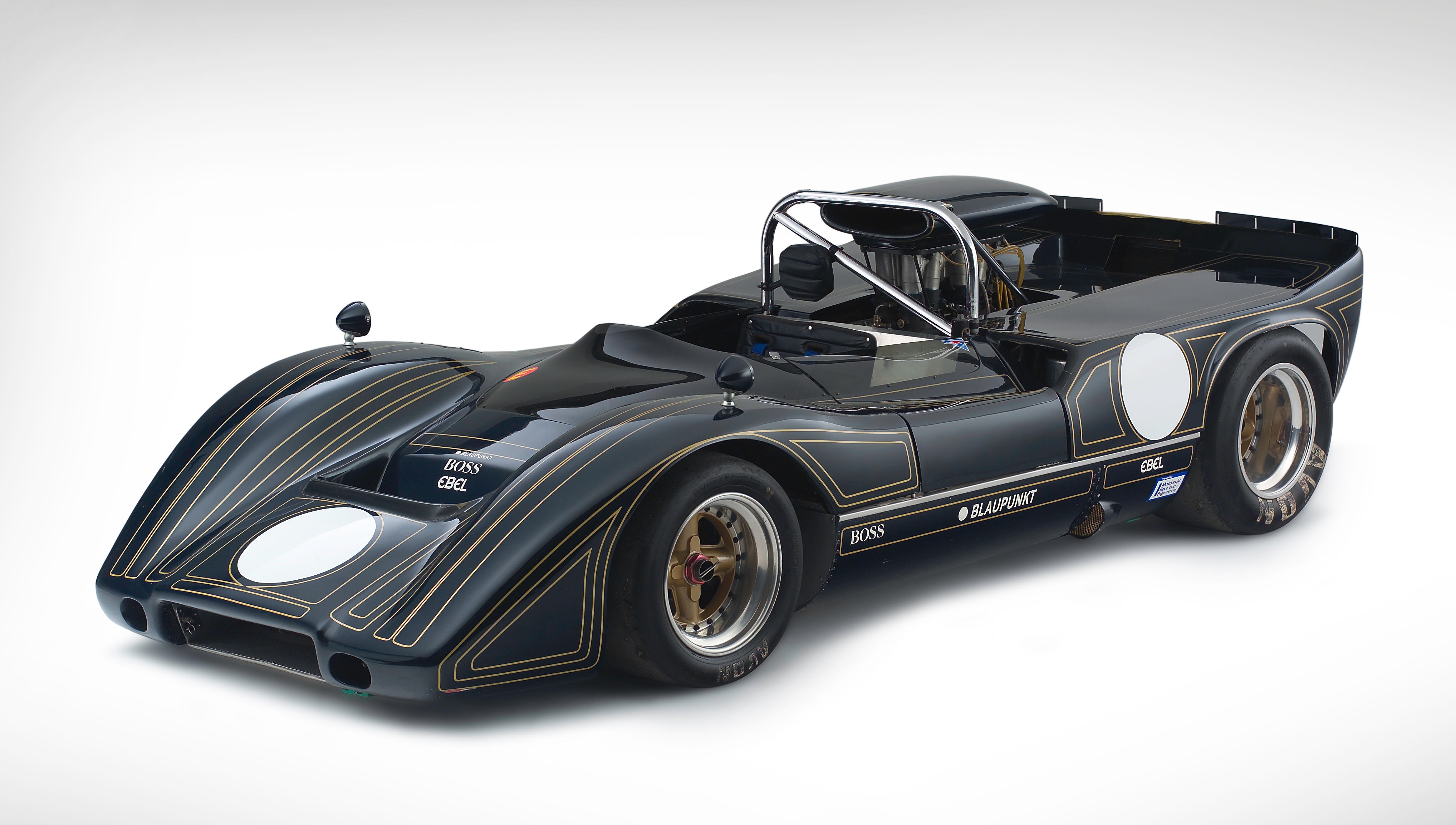
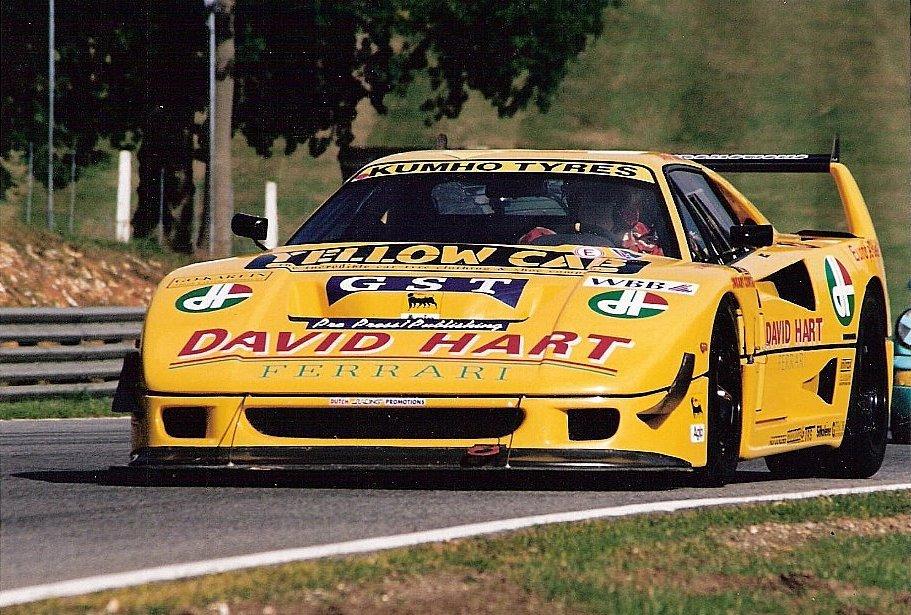

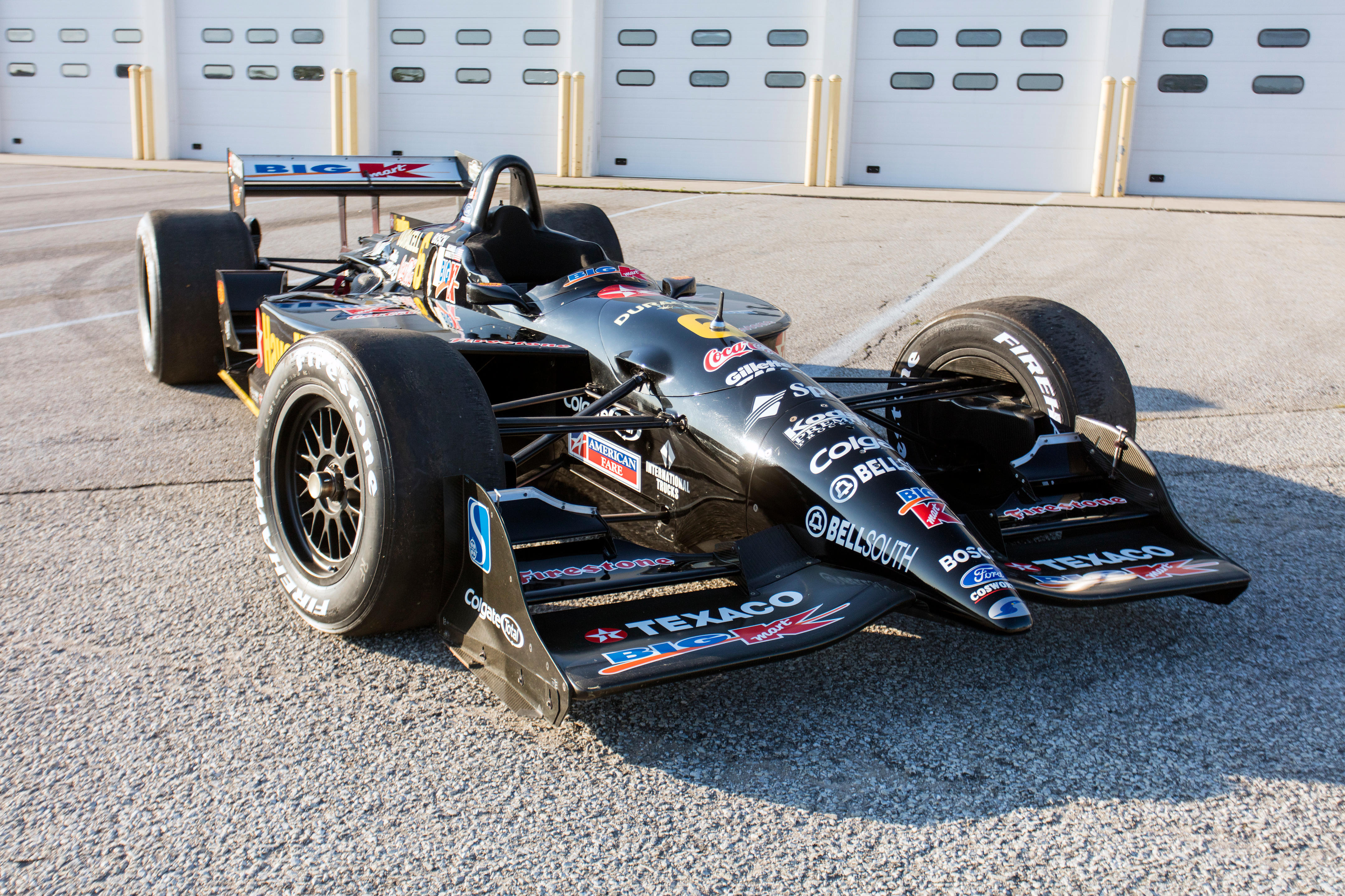
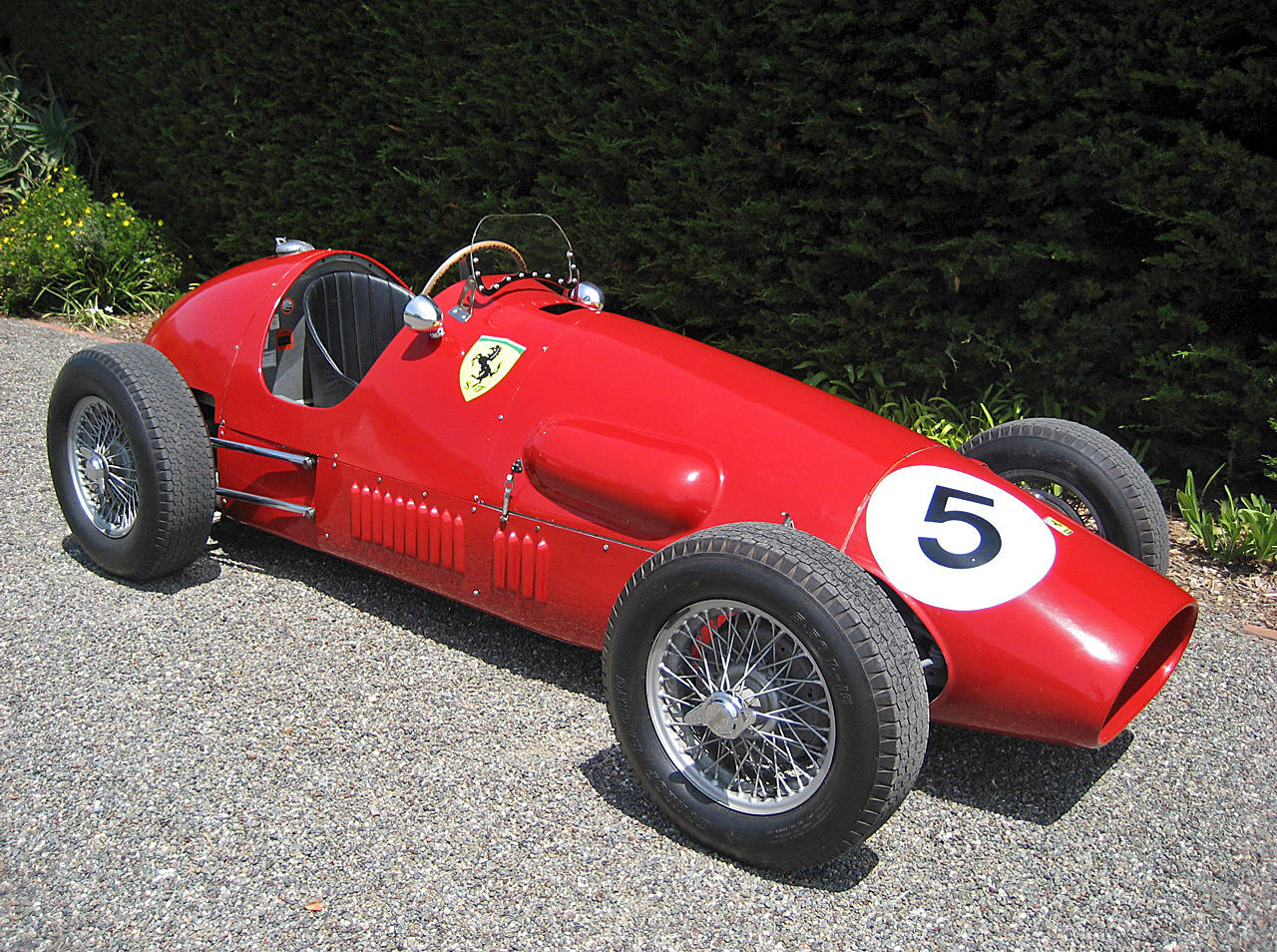

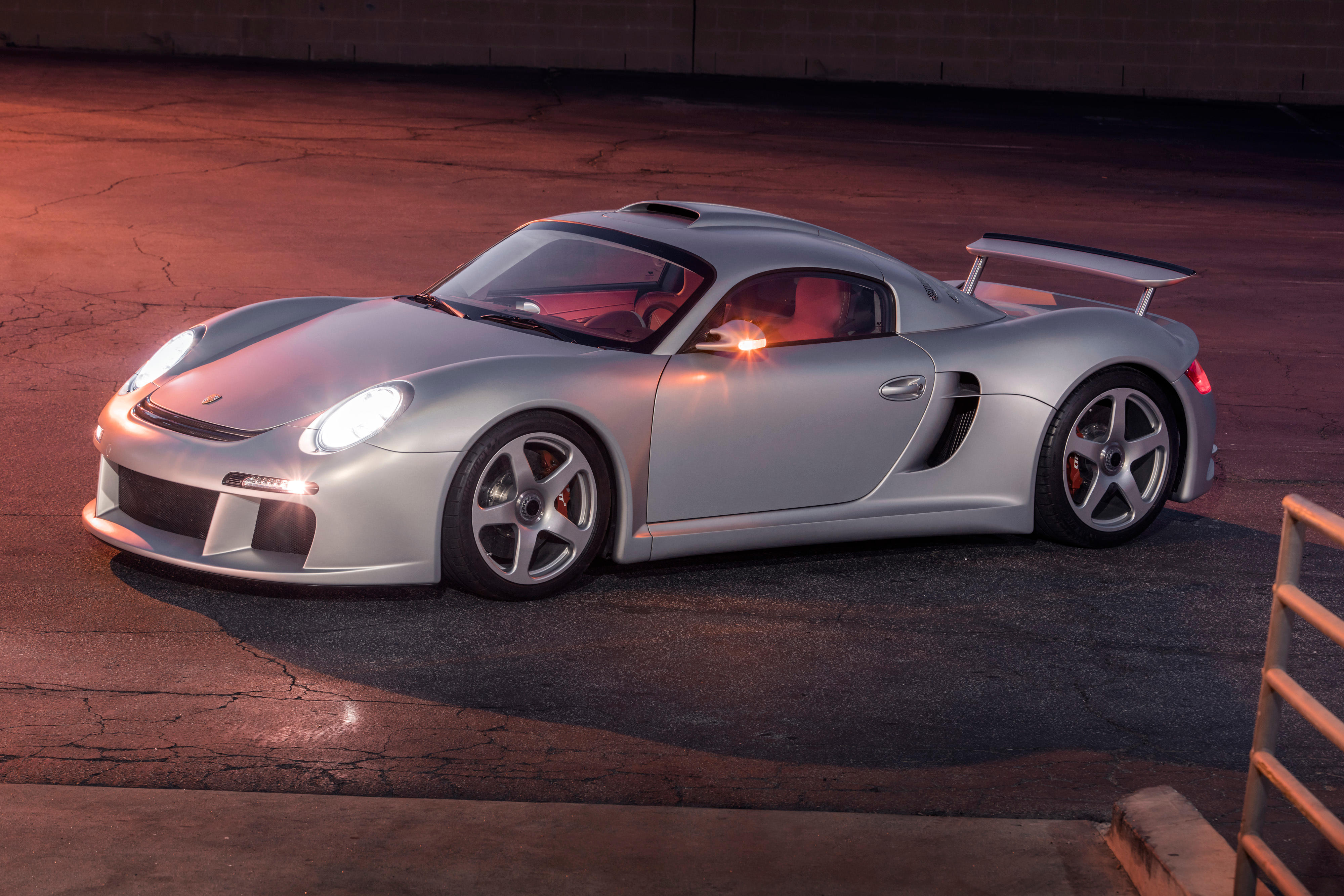

Try LotSearch and its premium features for 7 days - without any costs!
Be notified automatically about new items in upcoming auctions.
Create an alert